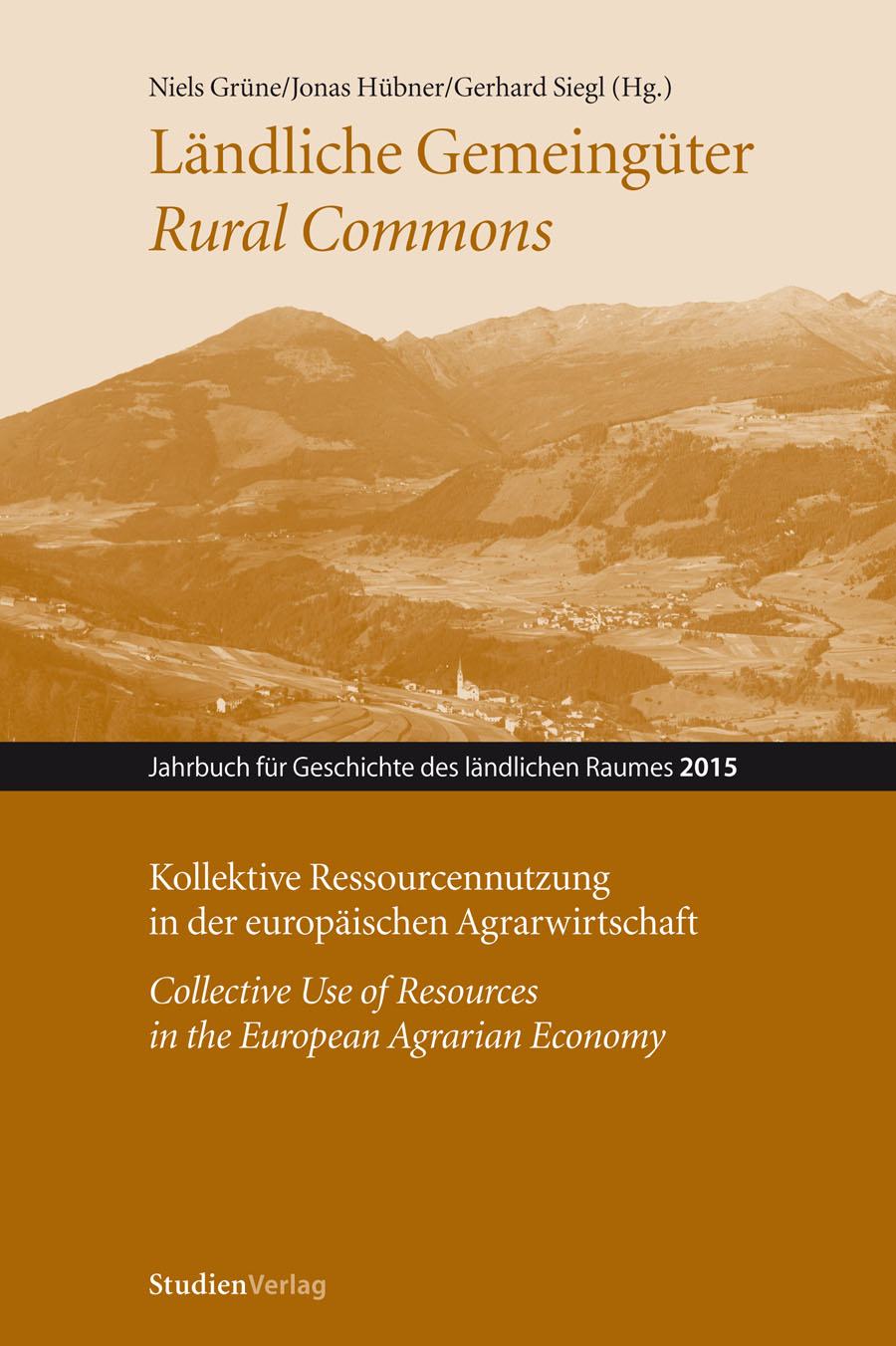Kontrastierende Persistenz ländlicher Gemeingüter in Tirol und der badischen Pfalz (18.–21. Jahrhundert)
DOI:
https://doi.org/10.25365/rhy-2015-19Abstract
Particularly in German-speaking agrarian historiography, research on rural commons has long been under the spell of their dissolution in the eighteenth and nineteenth centuries. As a result, the continuance of such institutions well into the twentieth century or even to the present has remained poorly elucidated. This theme is picked up with respect to northern Tyrol and the Baden Palatinate, which provide an illuminating case for contrasting comparison,
since they owed the persistence of commons beyond the alleged watershed around 1800 to rather different natural, settlement, economic and political-juridical conditions. The two regions are first portrayed separately in relation to (1) resource systems and institutional arrangements, (2) processes of change and potentials for conflict and (3) forms of inclusion and exclusion. The last part provides a discussion of parallels and peculiarities along these three dimensions. It becomes clear that both extensive livestock-farming (Tyrol) and cash-cropping (Baden Palatinate) or certain combinations with industrial labour could contribute to the maintenance of collective ownership until the mid-twentieth century. Afterwards, however, the developments diverged starkly, not only due to market forces, but at least as much due to government intervention.


